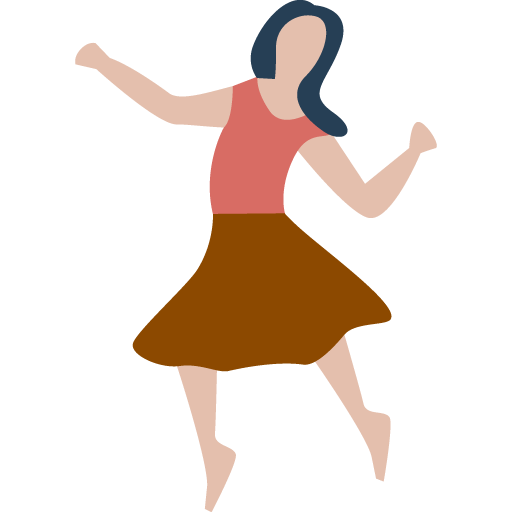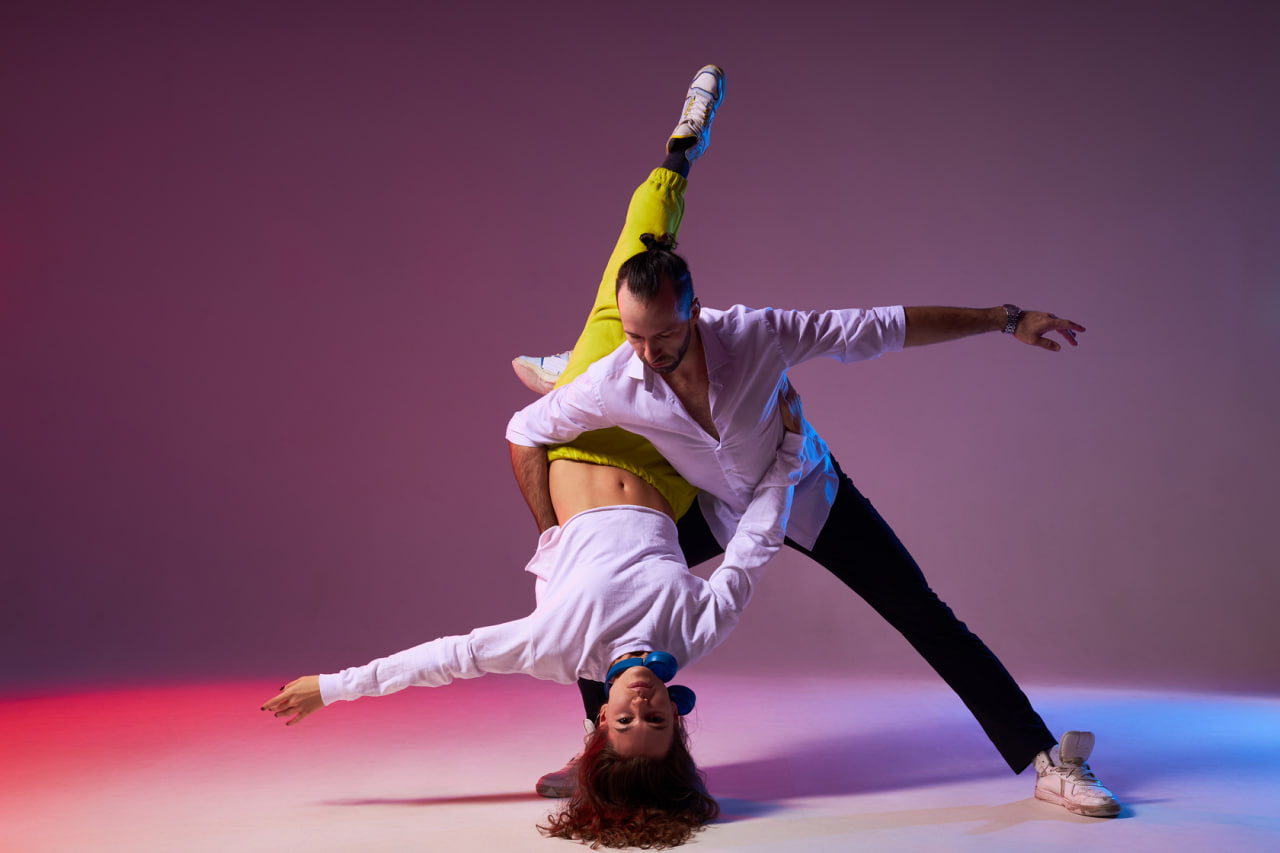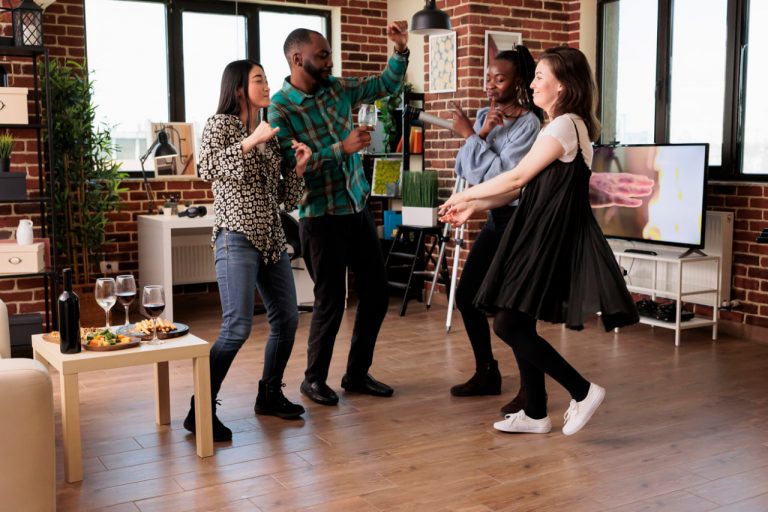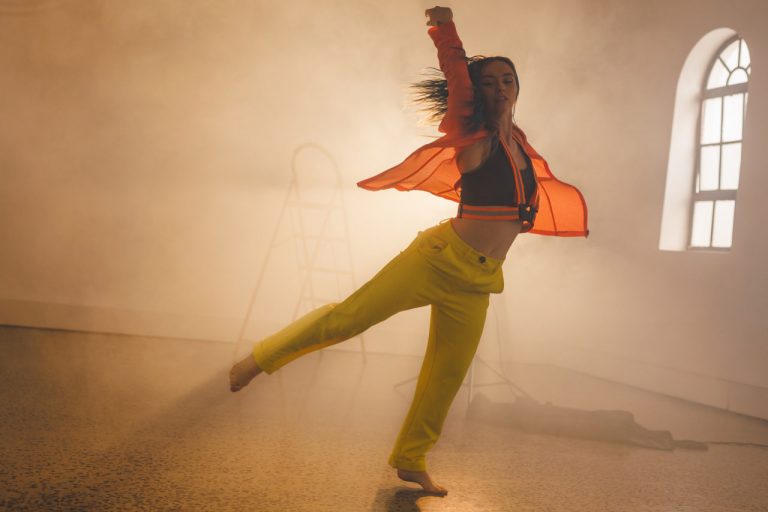Learning to dance is a joyful, energizing experience that opens the door to self-expression, fitness, and fun. If you’re new to dance, choosing the right style to start with can feel overwhelming. The good news is that many popular dance forms are beginner-friendly and offer a welcoming environment for all ages and fitness levels. Here are five great styles that make the perfect starting point for your dance journey.
Hip-Hop: High Energy and Attitude
Hip-hop dance is one of the most accessible and popular styles for beginners. With its roots in street dance and urban culture, hip-hop emphasizes rhythm, musicality, and personal style. It’s fast-paced, expressive, and often performed to current music, making it a favorite among younger dancers.
Beginner hip-hop classes typically focus on foundational grooves, simple choreography, and freestyle movement. You don’t need any prior dance experience or technical knowledge—just a willingness to move and enjoy the beat. It’s also a great cardio workout that builds confidence and coordination.
Contemporary: Expressive and Fluid
Contemporary dance is a modern style that blends elements of ballet, jazz, and lyrical movement. It’s often used to tell stories or express emotions through fluid motion and dynamic shifts in energy. For beginners, contemporary dance offers a chance to explore creativity in a supportive environment.
In beginner-level classes, you’ll learn about body alignment, floor work, and expressive choreography. The style is less about strict technique and more about personal interpretation, which allows new dancers to connect emotionally with the movement from the start. It’s perfect for those interested in artistic expression as much as physical activity.
Salsa: Social and Spirited
Salsa is a lively Latin dance that’s all about rhythm, connection, and enjoyment. It’s typically danced with a partner, making it a fantastic option for those who want to build confidence in social settings or try something fun with a friend or partner.
Beginners will start with basic steps, turns, and lead-follow techniques. Salsa music has a consistent rhythm that’s easy to follow, and classes often include lots of repetition and practice with partners. Over time, you’ll develop musicality, footwork, and the ability to move fluidly with another person. Salsa is as much about joy and community as it is about precision.
Jazz: Sharp, Stylish, and Fun
Jazz dance combines technical training with theatrical flair. It’s commonly seen in musicals, music videos, and stage performances. This style is energetic, upbeat, and known for its sharp movements, leaps, and kicks.
Beginner jazz classes focus on learning classic techniques like isolations, pliés, and basic turns, usually set to pop or Broadway-style music. Jazz is ideal for those who want to build strength, flexibility, and stage presence. It’s also a great way to improve body awareness and coordination in a structured but exciting format.
Ballet: Graceful Foundations
Ballet is the most structured of these five styles, but it offers an excellent technical foundation for any dancer. While it may seem intimidating, beginner ballet classes are designed to introduce students to the basics in a calm, supportive setting.
You’ll learn fundamental positions, barre exercises, and controlled movements that improve posture, strength, and discipline. Even if you don’t plan to pursue ballet long term, starting with it can give you a strong understanding of body alignment, balance, and form that translates to other styles.
Choosing the Right Style for You
Every dancer is different, and the best dance style for you depends on your personality, goals, and interests. If you love high energy and music, try hip-hop or jazz. If you enjoy storytelling and expression, consider contemporary. For a social experience, salsa might be your best bet. And if you want a strong technical base, ballet is a classic choice.




